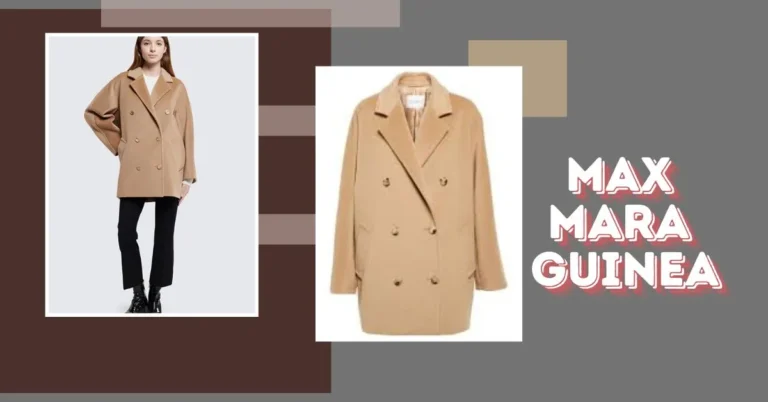Shaping the Future of Fashion: Adaptive Textiles Revolution
Key Takeaways:
- Understanding adaptive textiles and their role in the fashion world.
- The impact of technology on fabric innovation.
- Ways adaptive textiles are reshaping industries.
- Prospects and challenges in the world of adaptive textiles.
- Real-World Examples of Adaptive Textiles
Table of Contents:
- Introduction to Adaptive Textiles
- The Role of Technology in Textile Innovation
- Applications of Adaptive Textiles
- Innovative Textile Technologies
Introduction to Adaptive Textiles
The world of textiles is ever-evolving, taking leaps into new and innovative territories, especially with the advent of technology. Adaptive textiles, in particular, are gaining widespread popularity for their ability to conform to diverse needs and offer enhanced functionality. This modern innovation has brought us advanced solutions, such as lingerie fabric that adjusts to the wearer’s body, illustrating the extent of this textile revolution. These dynamic fabrics not only offer a greater level of comfort but also meet the growing consumer demand for more versatile and durable clothing solutions.
The Role of Technology in Textile Innovation
Technological advancements have dramatically pushed the textile industry forward, transforming ordinary fabrics into innovative, adaptive materials. Thanks to the integration of cutting-edge technologies, innovations like moisture-wicking, temperature regulation, and stretch enhancements are now commonplace. It’s no longer just about aesthetics; modern textiles emphasize functionality, comfort, and performance. With the ongoing advancement of technology, fabrics are becoming more adept at adjusting to different conditions, offering substantial advantages in the fashion, medical, and sports fields.
Applications of Adaptive Textiles
Medical Field
Adaptive textiles have made significant impacts in the medical field. These advanced fabrics create comfortable, adaptable garments for patients, such as compression wear that adjusts to swelling or various medical conditions, offering much-needed relief and support. These specialized clothes are essential for enhancing patients’ quality of life, offering physical and psychological advantages through their non-intrusive and accommodating design.
Sports Industry
The sports industry has also embraced the potential of adaptive textiles. These high-tech fabrics are engineered to enhance athletes’ performance by providing optimum stretch, breathability, and moisture control. Imagine fabrics that adapt to your muscle movements and body temperature, promoting better performance and quicker recovery. Such advancements make adaptive textiles invaluable in designing sportswear that not only feels good but also boosts performance and reduces fatigue.
Fashion Industry
The fashion industry is a primary beneficiary of adaptive textiles. Designers are increasingly incorporating these fabrics to create garments that offer better fit, comfort, and durability. With adaptive textiles, fashion is not just about looking good; it’s also about feeling good. Garments are becoming more versatile and user-friendly, meeting the varying needs of modern consumers who demand multifunctional clothing that can keep up with their active lifestyles.
Innovative Textile Technologies
Ongoing research and development continue to bring innovative textile technologies to the forefront. For instance, conductive fabrics and self-cleaning materials transform our thinking about fabric care and connectivity. These advanced textiles are setting new standards in the industry, moving beyond niche markets to become mainstream necessities. Conductive fabrics that integrate electronic capabilities can be used in various applications, from wearable tech to medical monitoring devices, opening up new horizons for designers and consumers.
Real-World Examples of Adaptive Textiles
Consider high-performance athletic wear, often incorporating adaptive textiles for optimal stretch, moisture management, and temperature regulation. These fabrics are designed to adapt to the body’s movements, ensuring a snug yet comfortable fit that supports athletic activities. Similarly, the medical sector utilizes adaptive textiles to create compression socks and hospital gowns that adjust to the wearer’s body, enhancing comfort and care.
Moreover, adaptive textiles are making waves in everyday fashion. For instance, jeans that stretch and shape according to body movements provide a perfect fit while maintaining comfort and style. Similarly, lingerie made from adaptive fabrics offers maximum comfort and support to the wearer, redefining what we expect from intimate apparel. These real-world applications exemplify the transformative potential of adaptive textiles in enhancing everyday experiences.
Future Prospects of Adaptive Textiles
The future looks incredibly promising for adaptive textiles. We can anticipate even more sophisticated and functional fabrics entering the market. Researchers are actively investigating responsive textiles capable of reacting to environmental stimuli, broadening the scope of possibilities for what adaptive textiles can achieve. Whether it’s fabrics that change color based on temperature or materials that provide health monitoring, the innovations in adaptive textiles promise to revolutionize various industries. Integrating nanotechnology and bio-engineering into textiles could lead to fabrics that offer enhanced features such as self-repairing and odor control. These advancements are about adding new functionalities and creating sustainable and eco-friendly options that meet the environmental challenges of our times.
Challenges in the Evolution of Adaptive Textiles
Despite these exciting advancements, the adaptive textile industry faces significant challenges. High production costs and scalability remain major obstacles. The complex manufacturing process of these high-tech fabrics often necessitates specialized equipment and skills, which can be both expensive and time-consuming. Discovering methods to cut expenses while upholding excellence is crucial for incorporating adaptive textiles.
Additionally, ensuring sustainability and minimizing environmental impact are crucial considerations. Researchers and manufacturers focus on developing eco-friendly adaptive textiles that do not compromise functionality or durability. The quest for sustainability includes using biodegradable materials and reducing waste during the production process, which is pivotal to the future success of the adaptive textile industry.
Conclusion
Adaptive textiles are undoubtedly revolutionizing the fabric industry. The future of adaptive textiles shows excellent promise with continuous technological advancements and a focus on improving functionality, comfort, and sustainability. As we embrace these advancements, we pave the way for more adaptable, durable, and environmentally friendly fabrics that meet the ever-changing demands of modern consumers.






